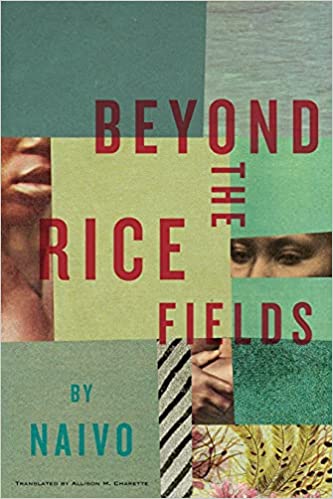I was looking forward to reading Beyond the Rice Fields as the second book set in Madagascar that I’ve recently read (the other was Red Island House) but even more so as the first book ever translated from Malagasy into English. It is set during a fascinating period in the 19th century.
The child Tsito has been a slave since his family were killed or sold into slavery, but his luck changes when he is bought by Rado, a trader in zebu who travels all over the country. He purchases Tsito more as a companion for his young daughter Fara, the product of an unmarried union with Bao, a very beautiful dancer. So, Tsito grows up in a family unit with Fara, Bao, and Bebe, Bao’s mother.
When he is older, Tsito learns to read from foreign missionaries, and this makes him valuable to Andriantsitoha, the provincial lord. He takes Tsito to the City of Thousands to work for him. Tsito is hoping to earn his freedom, because he is in love with Fara. However, the political situation is looking more uncertain since rule of the kingdom was forcibly seized by the Sovereign Queen after the death of the Sovereign King. Powerful lords are taking land away from others who seem to have no judicial recourse, and Andriantsitoha has very little power in the city. The country becomes more chaotic, as a backlash against Christianity leads to large-scale denunciations and slaughter.
I know nothing about the history of Madagascar, so I probably would have found this novel fascinating except for issues that may or may not be cultural. It was hard for me to know. I often found myself confused about the larger picture because except for the final dramatic scenes in the last 50 pages of the book, Naivo doesn’t explain what’s going on very clearly. He tends to only bring in information or characters when he needs them, and if then, doesn’t really give them much dimension. For example, some of the children that Fara and Tsito play with become important later in the book, but he hardly mentions them as children and doesn’t show you what they are like, except the bully.
The narrative point of view switches between Tsito and Fara, and Fara spends a lot of time recounting stories and thinking about some family curse that is never fully explained. So, during the first half or so of the novel, I wasn’t always sure whether we were in the past or the present.
In general, I felt that Naivo had a problem knowing what to tell and when.

